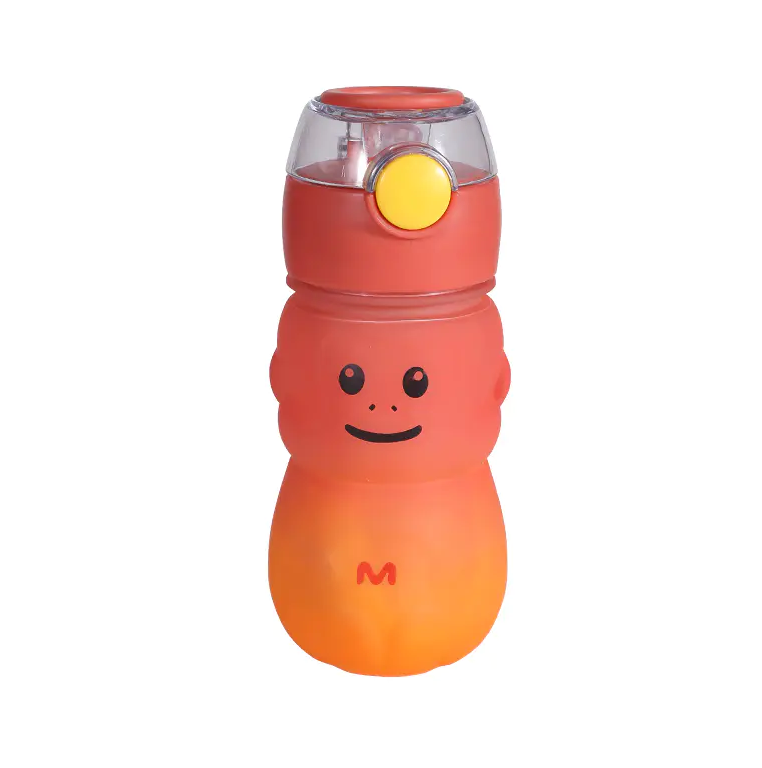Cleaning Challenges and Bacteria Prevention in Leak Proof Plastic Water Bottle Designs

Maintaining hygiene in a water bottle is a key concern for daily use, especially when the container is used repeatedly over extended periods. Leak Proof Plastic Water Bottle, designed for portability and convenience, must balance leak-proof performance with ease of cleaning. The internal design, material quality, and lid mechanism all play crucial roles in determining how effectively a bottle can be sanitized and how resistant it is to bacterial growth or odor development.
The material of the bottle is a primary factor affecting cleanliness. High-quality plastics such as Tritan or BPA-free polymers are non-porous and less likely to absorb liquids or odors, which helps prevent bacterial accumulation. Lower-grade plastics may develop microscopic scratches over time, creating surfaces where bacteria can thrive. The choice of material also influences how well the bottle withstands cleaning methods such as dishwashing, scrubbing, or soaking, all of which are essential for maintaining long-term hygiene.
Internal design features like wide mouths, smooth walls, and detachable lids make a significant difference in cleaning ease. Bottles with narrow openings or complex internal components can trap residues from beverages, creating conditions for bacteria and unpleasant odors. Wide-mouthed designs allow users to reach all areas of the interior with a brush or sponge, facilitating thorough cleaning. Detachable lids with simple gaskets are easier to sanitize, reducing the risk of hidden contamination points where microbial growth can occur.
User habits also contribute to hygiene outcomes. Prompt cleaning after each use, rinsing with warm water, and avoiding prolonged storage of liquids help prevent bacteria and odor buildup. Using mild detergents and allowing the bottle to air dry completely further reduces microbial proliferation. Bottles that are dishwasher-safe offer added convenience, but repeated exposure to high heat or harsh detergents may affect some plastics, making it essential to choose durable, heat-resistant models.
Odor formation is closely linked to bacterial activity, beverage residues, and temperature exposure. Sugary drinks, protein shakes, or flavored liquids left in the bottle can accelerate odor development, even in high-quality plastics. Regular cleaning, using bottle brushes, and occasionally soaking the bottle in a mixture of water and baking soda or vinegar can neutralize smells and maintain a fresh drinking experience.
In conclusion, the ease of cleaning and bacterial resistance of Leak Proof Plastic Water Bottle depend on material selection, internal design, and user maintenance practices. Well-designed bottles with wide openings, smooth interiors, and detachable lids significantly reduce the risk of bacteria and odors, ensuring safe and enjoyable hydration. By combining proper cleaning habits with a thoughtfully engineered bottle, users can maintain both hygiene and freshness over long-term daily use.
- Art
- Causes
- Crafts
- Dance
- Drinks
- Film
- Fitness
- Food
- Games
- Gardening
- Health
- Home
- Literature
- Music
- Networking
- Other
- Party
- Religion
- Shopping
- Sports
- Theater
- Wellness


